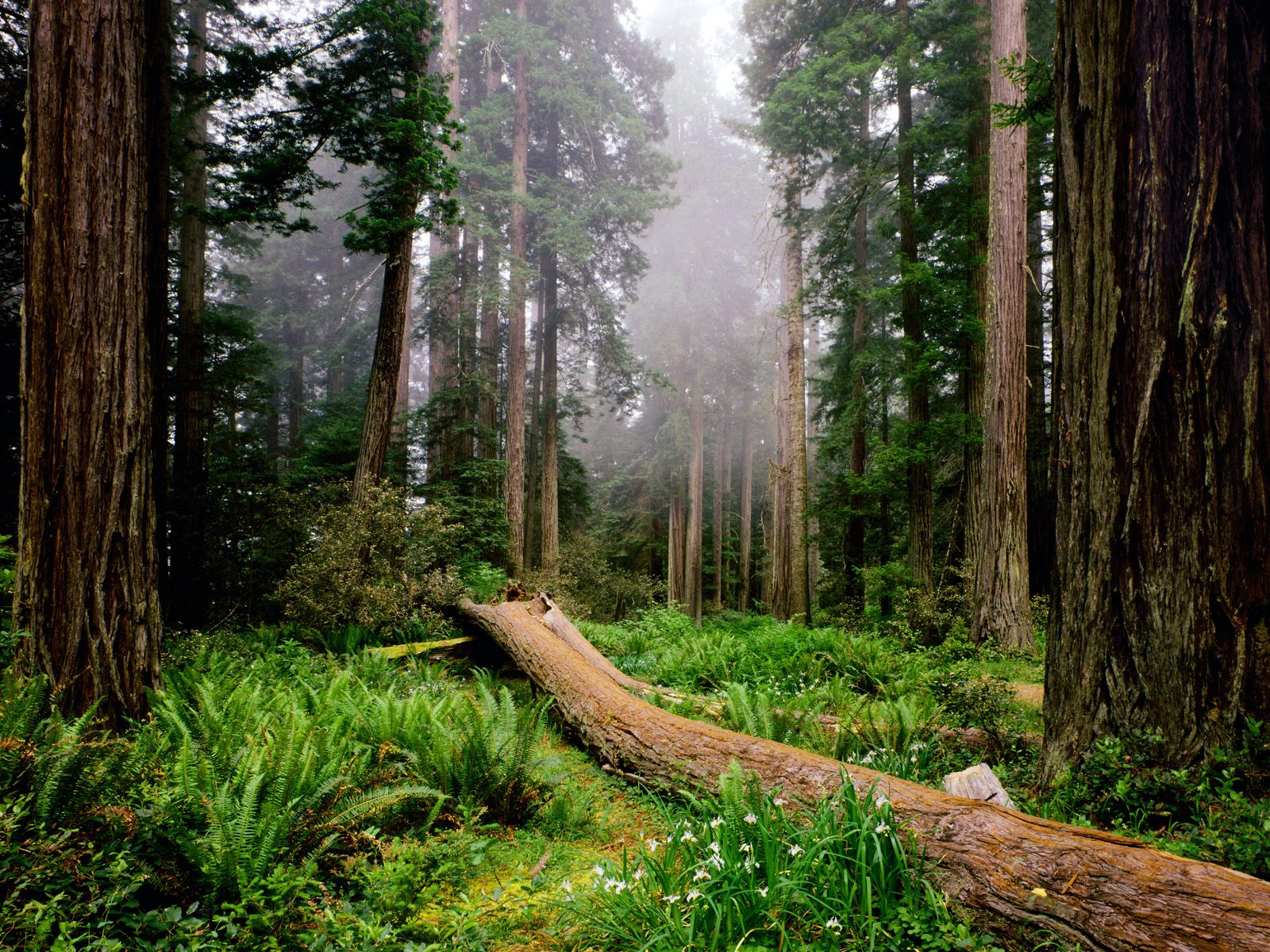Black History Month? What’s the Point?
I usually introduce Black History Month to my students in August. Then, we research as many other cultural and ethnic history and heritage months as we can throughout the year.
I celebrate Black History Month with my kids and for my kids because I want them use this month to learn about others and about themselves. Black History Month helps students think and learn about differentness so that sameness, and ultimately, oneness becomes more of a probability than possibility.
Brain researcher, Zaretta Hammond’s book, Culturally Responsive Teaching and the Brain explains the neuroscience behind the fact that the brain seeks to make connections to what is personally relevant and meaningful when it processes information for learning. And she argues that what is relevant and meaningful to individuals is based on their cultural frame of reference. From it, she says they gain perspective that engages attention, and assists in interpreting and inferring meaning.
Her research posits that we learn from surface culture – holidays and music and food, the way we dress, etc., and from shallow culture – unspoken rules that govern the ways we see everyday norms – etiquette for sneezing in public, personal space, types of language we use in public v. private, etc. We also learn from deep culture – what guides our values, ethics, spirituality, and how we view safety vs. threats. She gives an example that in one culture, the color red could mean good luck – but in another, it could mean danger. Hammond says we see and process information based on our own cultures, so if we are learning through our deep culture lens, we are only seeing the world with our value system. So, I ask this question, “If what we know about another group’s culture is limited or just plain wrong, to what extent does this affect how we learn from and about each other and the world?”
Differentness.
When I began teaching in the Central Valley over 20 years ago, I quickly realized that I didn’t know my kids and they didn’t know me. We knew each other’s most generic cultural and ethnic stereotypes, but we didn’t have an academic understanding of culture and ethnicity that moved too much beyond stereotypes.
In the Bay Area, I taught ELD/SDAIE and Comp. and Lit., (grades 10-12 in the same classroom). My kids were primarily Hispanic, White, Vietnamese, Black, Chinese, Samoan, and Ethiopian – and all with similar socioeconomic backgrounds. But unfortunately, I only saw the White kids as White. I didn’t have a mindset to see their individual cultures and ethnicities, to see beyond the stereotypes.
And whenever I’d ask the White students what their culture and ethnicity was, they’d usually say one of three things: “American.” “…a mixture of __ and __ .” or “I don’t know.” Black History Month helped me change this.
The kids were curious about me – and I them. They had made it through 11 or 12 years of school and had never had an African American teacher. I learned quickly that if I were to garner the respect of my students and gain their trust and interest, I had to figure out who they were – and they needed to do the same.
Black history month was how I introduced the spirit of my culture and ethnicity to them. Their natural curiosity took over. From there the real work began: making studying culture and ethnicity normal rather than monthly.
Sameness.
As educators, in addition to having knowledge about our content, I believe we would give our students this advice:
- Be good citizens of the world.
- Know yourself. Love and approve of yourselves. Don’t apologize or have any trepidation for and about your culture and ethnicity.
- Don’t judge or criticize yourselves. The world’s already got that covered.
- Don’t fear being trapped by cultural and ethnic stereotypes. Know your history. Understand the shoulders on which you stand and the responsibility you owe. Know your strength.
Helping students heed these pieces of advice as they saw them take form when studying Black history, helped them take pride in discovering their authenticity through discovering their own cultures and ethnicities.
In the twenty one years that my students and I studied the literary coursework, cultural history and social justice movements within the cultures and ethnicities always included meaningful texts. Students began, for example, to see that the immigrant experience through the eyes of Portuguese American author Alfred Lewis in Los Banos looked much the same as it did through the eyes of Mexican American author Gary Soto in Fresno, or Chinese American author Maxine Hong Kingston in Stockton.
They discovered that many other groups had history or heritage months and that many of the field-trip worthy places to visit were local. In the course of twenty years, my BSU (Black Student Union) students, and students who were in my class took the field-trips below, which I highly recommend.
- Museum of the African Diaspora (MOAD) – San Francisco
- The African American Historical and Cultural Museum of San Joaquin Valley – Fresno
- African American Museum and Library – Oakland
- California African American Museum – Los Angeles
- Museum of African American Art – Los Angeles
- Marcus Books – San Francisco
- Underground Books – Sacramento
- African American Shakespeare Company – San Francisco
- Dance Theater of Harlem – travels to UC Berkeley annually
- Alvin Ailey Dance Theater – travels to UC Berkeley annually
- Allensworth State Park – Earlimart
- Various speakers at MJC, CSU Stanislaus, Merced College, and UC Merced
Among all the usual reasons to celebrate and teach Black History Month topics, consider that it is also a great way to get students’ brains into the habits of making deep connections that engender learning about the world, and most important, about themselves.
